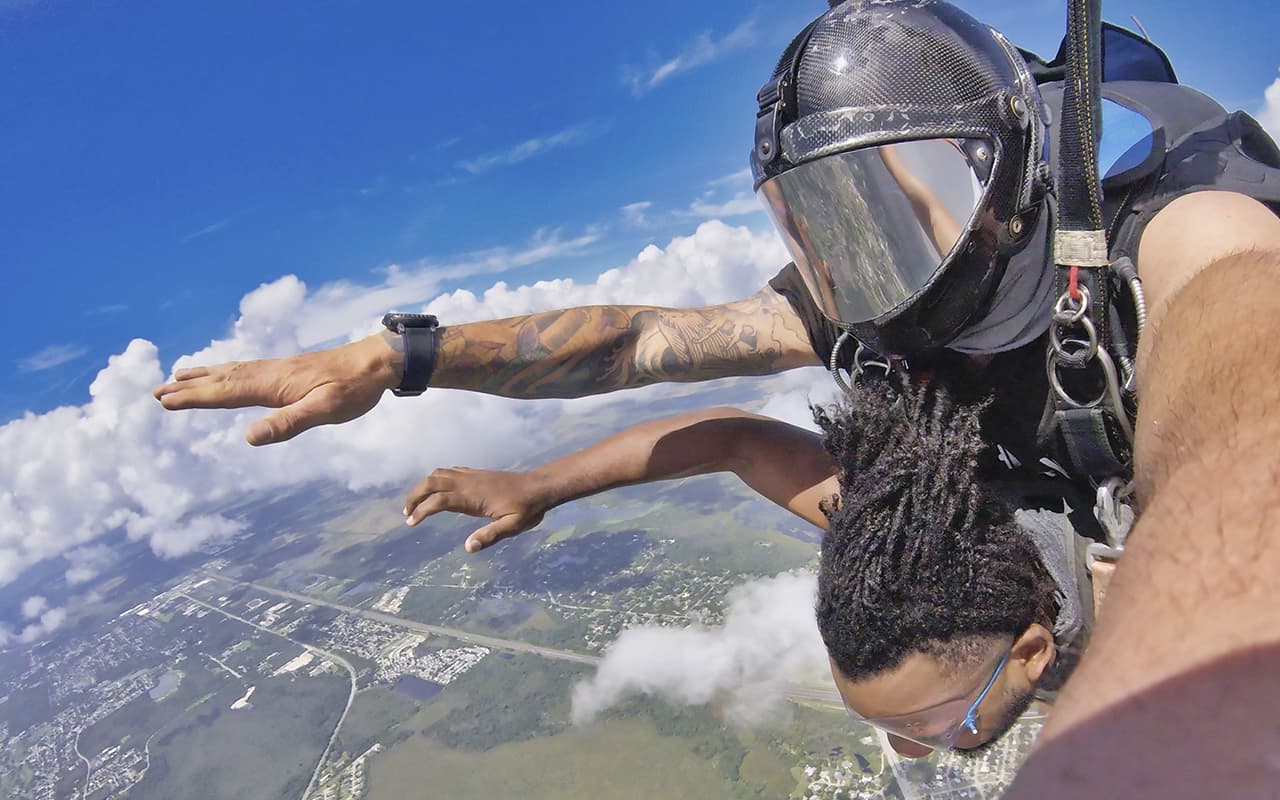Some skydivers do skydiving! There are as many different disciplines in canopy competition as there are disciplines in freefall, and each discipline is equally unique. Most of the disciplines in the dome repeat the themes we see in freefall competition.
Perhaps the most accessible discipline in all of skydiving to the spectator is swooping. Swooping involves the skydiver performing a series of turns that increase the speed of the parachute as it approaches the ground. They then straighten their parachute to glide along the ground at around 70 miles per hour!
The raid is judged on a variety of categories, including speed, distance, and accuracy. Like other skydiving competitions, swooping also includes a freestyle category. In freestyle, swoopers will perform a series of tricks while flying over a body of water or land before touching down.
Pilots also have their own version of skydiving in formation. This discipline is known as canopy work, or CRW (pronounced “crew”), and involves a group of two to four parachutes coming together to form shapes in the sky. CRW skydivers will connect with each other using the legs and lines of the canopy to create formations that resemble diamonds, stacks, or almost any shape they can imagine!
Canopy piloting actually boasts the oldest form of skydiving competition in the sport. Canopy precision involves landing a single jumper or a group of four as close to the target as possible. For professionals, the target is about a penny, and the difference between 1st and 2nd place can come down to mere millimeters!
